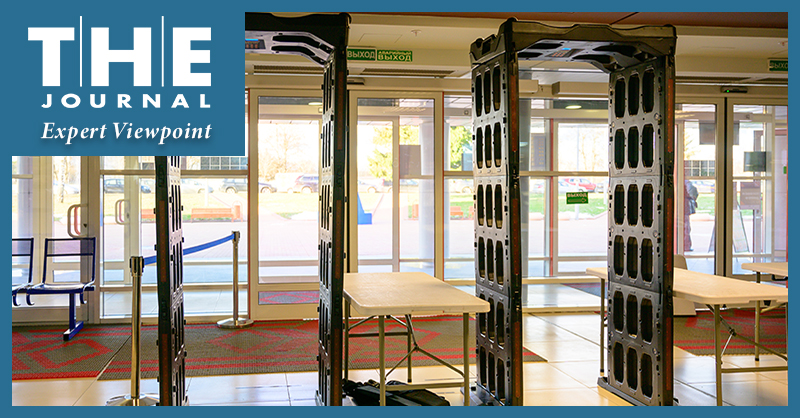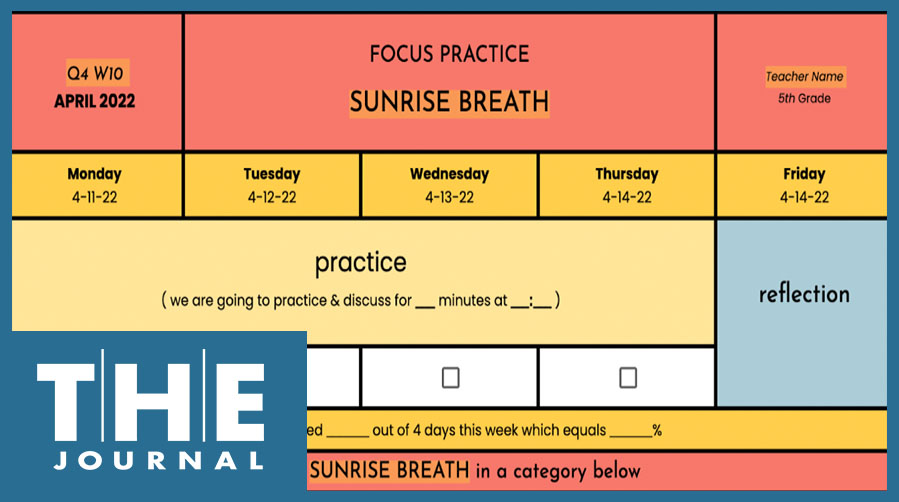
Two education leaders at NWEA delve into what it means to be digitally literate and the role that digital resources with an emphasis on digital literacy should play in advancing students’ academic needs in this two-part series.

A tech executive shares experience from dealing with staffing shortages in the tech sector: 5 ways schools can support educator well-being and help solve the teacher shortage problem.

A district administrator explains how their new school-home communications platform gives them not just two-way communications with families, but also the ability to meet parents where they are — and how implementing the platform has solved numerous challenges for the district staff and teachers, for parents, and for students.

The industrial model of education seems worth dismantling; but in the push to increase creativity and individual expression, Silicon Valley has replaced Detroit as the reference point for the workplace we are preparing students for: “move fast and break things,” “hustle and grind,” emphases on hyper-success, hyper-creativity, and hyper-performance. Neither model will suffice if we want to change the world for the better.

A security technology executive offers insights for K-12 leaders considering security technology solutions and says schools must make such decisions the way they would with any other business function — that is, they should factor in people, process, and technology or PPT, and must first understand the specific problem that they are trying to address.

A computer science curriculum expert explains that social-emotional learning and computer science are a natural pair, and how incorporating SEL competencies into STEM lessons often creates a richer learning experience for students.
A literacy and intervention director at a California district with a serious literacy issue — only 16% of its 22,000 students in TK–12 were reading at or above grade level districtwide — explains how they used technology to overhaul the district's literacy professional development program and address access and equity problems.
An expert in school safety solutions explains that K-12 administrators must communicate openly and often with students, staff, and families as they prepare a thorough crisis-response plan — and better communication will enable schools to effectively execute preparation, response, and recovery — before, during and after an emergency.
An expert viewpoint piece lays out the benefits of using the cloud to manage school processes and office business, and a roadmap to optimizing school business processes for K–12 school administrators.

A social-emotional learning specialist explains how any educator can begin teaching social-emotional learning in their classroom in four simple steps: planning to pause, practicing, tracking it, and finally, by talking about it.